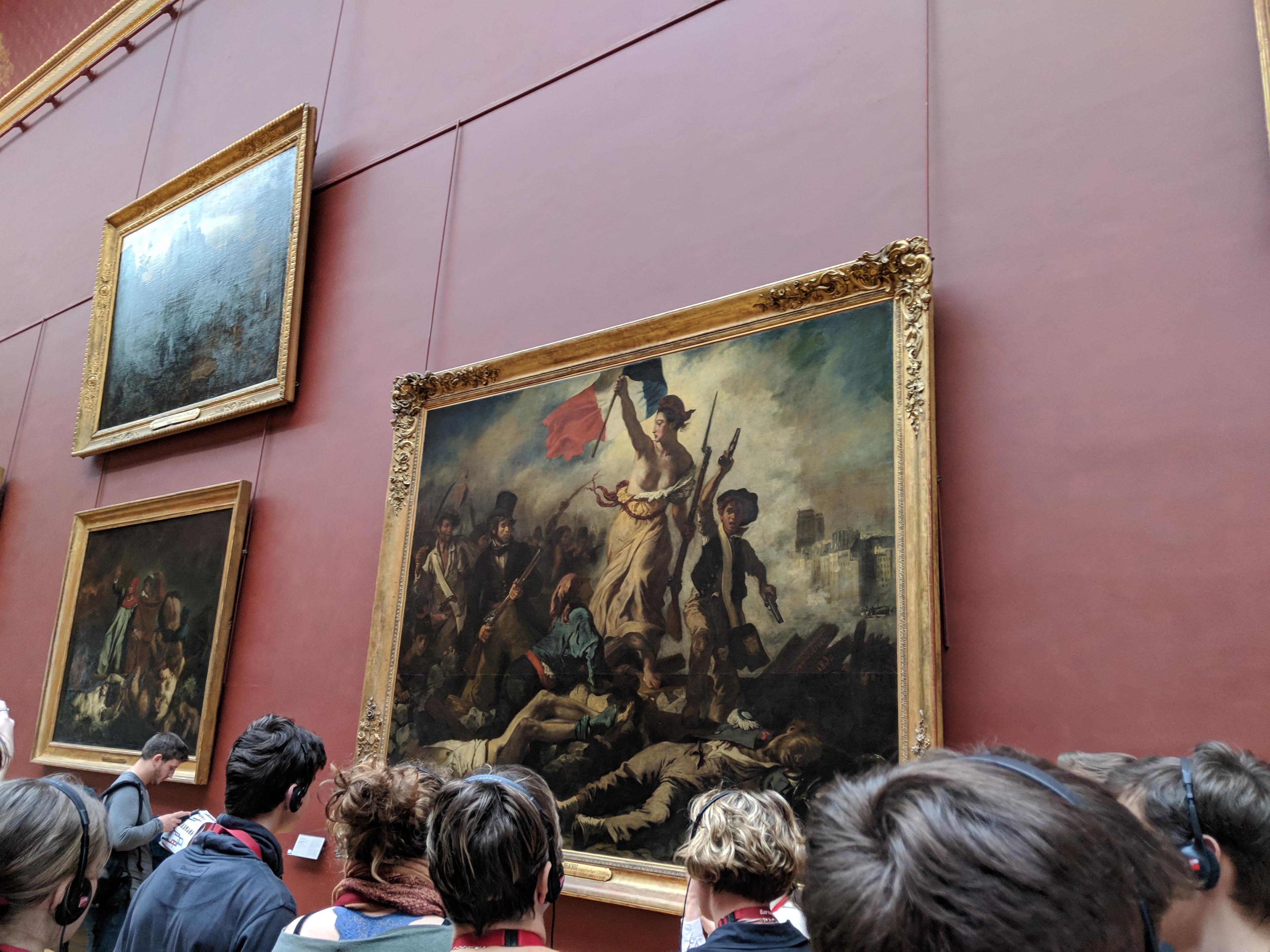

Rebecca Byers
Newport High SchoolClass of 2025Bellevue, Washington
About
Projects
- "In what ways does the context (e.g. people and the environment) impact the emotions experienced by the perceiver of a piece of artwork?" with mentor Regina (Sept. 16, 2022)
Project Portfolio
In what ways does the context (e.g. people and the environment) impact the emotions experienced by the perceiver of a piece of artwork?
Started Mar. 2, 2022

Abstract or project description
Current work on aesthetic emotions shows that understanding and ease of processing of an artwork can lead to aesthetic pleasure and alternatively, a lack of understanding can lead to confusion and displeasure. It has also indicated that by impacting this processing, the contextualization of artwork, such as the use of a descriptive title, can influence a viewer’s aesthetic experience. In addition, the mere presence of an artwork in a museum space can increase the likelihood of interest and appreciation of the piece. The goal of this project is to compile a review of the progress and work in the area of aesthetic emotions research. Specifically, we hope to focus on how the environment or other people in the space impact the emotions of an artwork’s viewer. This will involve the review of past and current experiments that examine the factors that affect aesthetic emotional experiences. In addition, we will also look at theoretical papers that focus on this topic. We hope to understand how competing stimuli affect focus, understanding, and appreciation of artwork. We also hope to see how the presence and aesthetic experiences of other people affects understanding or emotion. This work can add to the field of aesthetic emotion research in providing a compilation of work to be easily accessed and built off of. In addition, it can possibly provide valuable insights on the role of distractions and emotion contagion in the field of aesthetic emotions. Lastly, this work can help both museums and viewers improve patrons’ understanding and appreciation of artwork.